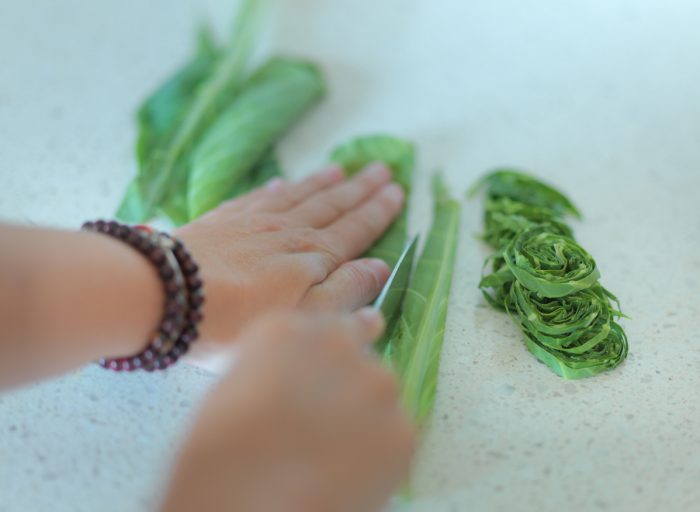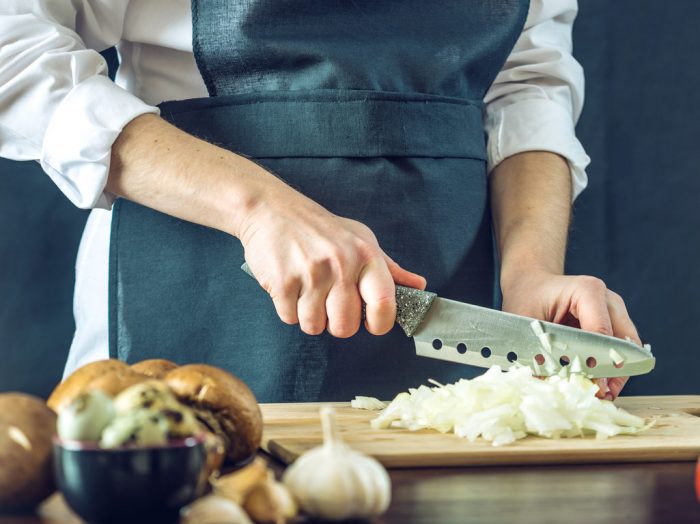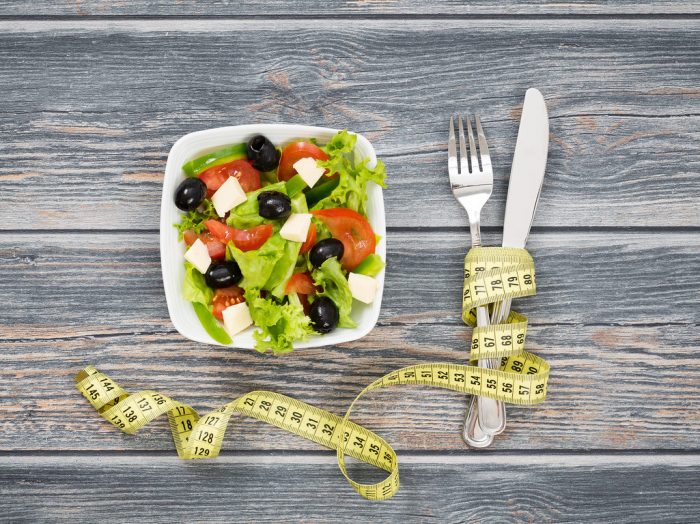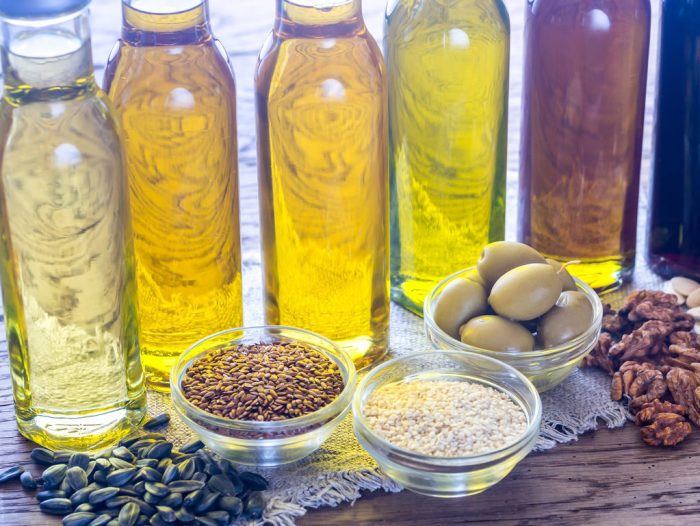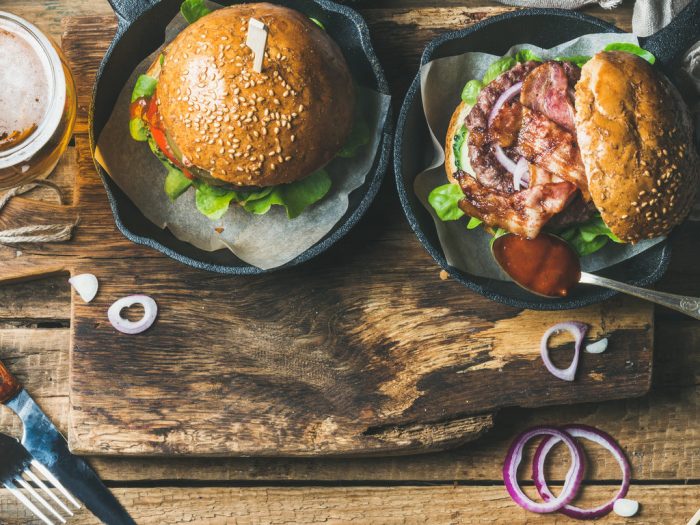What’s the difference between chopping and dicing? What on Earth does julienne mean, except the slightly misspelled name of a woman? If you’re a beginner in the kitchen, there are some basic cutting techniques you should learn, especially since they appear in a lot of online recipes.
The internet is indeed full of instructions like “dice the tomatoes” or “chiffonade the basil leaves”. But maybe you need all the info in the same place, ready to be absorbed! Here is our guide to basic cutting techniques, and we can only assume after reading it you will chiffonade all the time.
But first! There is something you should know. Something I wish somebody had told me when I first got my feet wet in the cooking arena. Those cuts you will soon learn aren’t just there so that the dish looks visually stimulating. How you cut your ingredients, how you prep them, has an impact on the cooking time, the taste, the depth of flavor.
For instance, if you mince garlic, it will taste differently cooked than one which has been crushed. So pay attention to the instructions and cut like there’s no tomorrow, with the help of this handy guide!
5 basic cutting techniques you should know
1. The chop
This is the more “loosey-goosey” type of cutting you’ll use in the kitchen. As basic cutting techniques go, it’s informal and it requires cutting the food into irregular pieces – but keep them small, between three-quarters of an inch and one quarter, for a finer experience.
This is just the basic and at first, you may find yourself chopping at a leisurely pace. But don’t despair! In time you will learn to master the food chop and make everything at a fast pace. The secret is on the wrist.
You will need a sturdy cutting board, made from plastic – for veggies – and wood – for meats. The knife should have a sharp blade. A chef’s knife will be good for most of your needs if you can only get one.
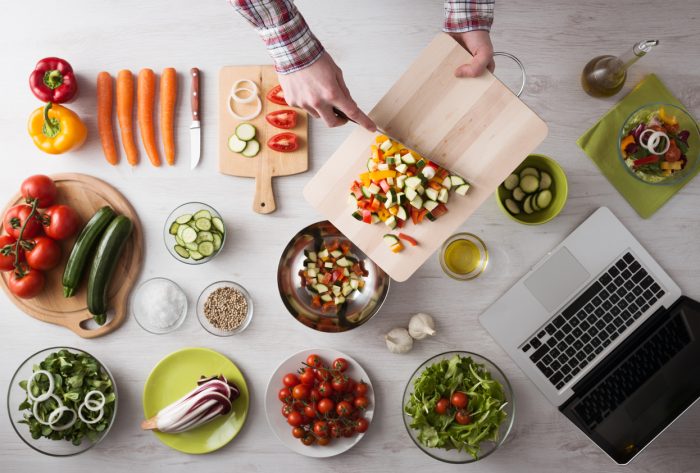
2. The dice
Dicing is like chopping, but when you dice it’s imperative that the pieces you cut are uniform in size and shape. The shape should be similar to a dice. That’s where the name comes from. With dicing comes a bit of waste, when you discard the ends of your food items. But you can reuse those for other dishes, like stocks, soups or purees.
How do you dice? First slice the blocks of veggies or meat into strips – depends on the size of the dice you’re looking for. Then gather the strips together in a bunch and dice at once from one end to the other, creating tasty little cubes.
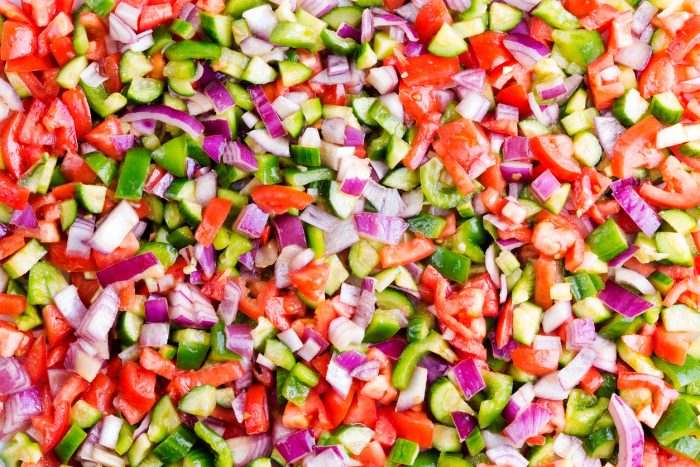
3. The mince
Mincing will turn your food into teeny-tiny pieces – smaller than even a fine dice or chop. Your food, veggies or meat, will have an almost paste-like texture.
Mincing ingredients like fresh herbs, garlic, or ginger help release their flavors through the oils or liquids in them and then those flavors distribute evenly in your dish.
The mincing procedure is similar to dicing. Only the strips you cut have to be much thinner, and the dices, too. It’s a more minutes process, but in general, you don’t need it for large quantities of food. Maybe 2-3 sprigs of rosemary and 2-3 garlic cloves.
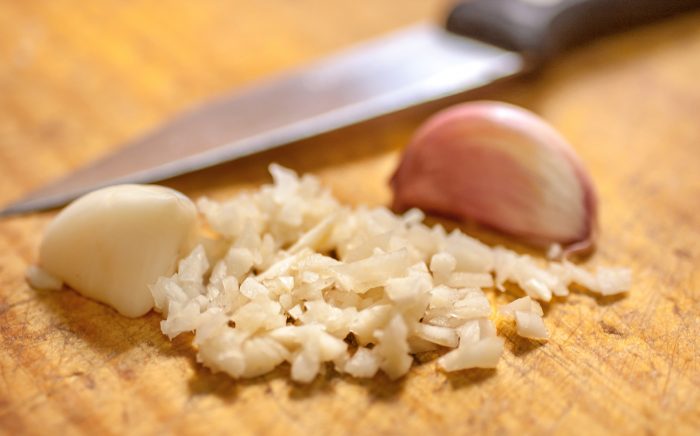
4. The julienne
Julienne is also known as “shoestring”, but it also means matchsticks. So the technique involves cutting ingredients into long and very thin strips which… look like matchsticks. It’s commonly used for celery, carrots, onions, and potatoes – think of the great French fries you get from cutting the potatoes into thin strips. Yum!
You can make it easier on yourself and cut uniformly by removing the edges of your ingredient and the ends, to make four straight sides. Depends on what you’re working with.
The standard measurements used are 1/8 x 1/8 x 1-2 inches (3 mm x 3 mm x 3 to 5 cm). As you can see, the length can vary depending on your ingredient of choice.
This cut usually applies to vegetables, but it also works for meat or fish especially in the case of stir-fries.
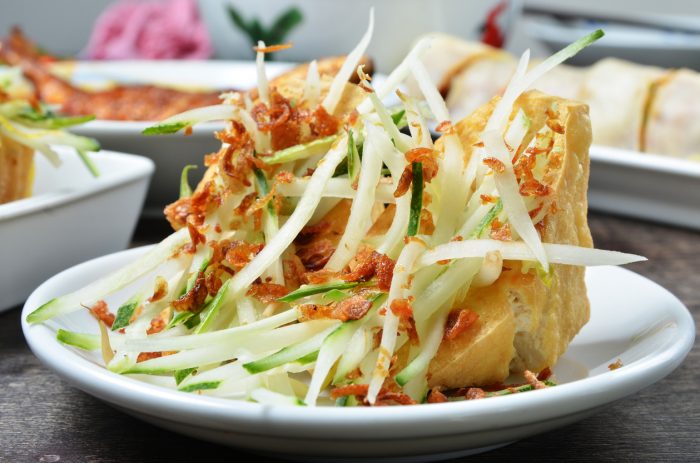
5. The chiffonade
Chiffonade is all about shredding leafy greens or herbs and turning them into beautiful ribbons. You use those as a garnish or in other recipes.
You can chiffonade basil leaves, spinach, kale and a few others. Just stack the leaves, roll them up as tight as you can, and then slice the roll as thinly as possible.
